-
Cardiac complications of sickle cell disease in children
Astadicko I , Dresse MF , Seghaye MC
Rev Med Liege 2018, 73(11),550-556Abstract : Sickle cell disease (SCD) is a genetic disorder due to an abnormal gene coding for the chain ? of the hemoglobin. The main clinical manifestations related to the major forms of SCD (SS-, SC-, and S-thalassemia) are chronic hemolysis, susceptibility to infections and vasoconstrictive crisis causing micro-emboli and/or infarction responsible for acute or chronic organ lesions. The latest are enhanced by tissue iron overload due to repeated blood transfusions. Cardiac complications are an important part of morbidity and mortality of SCD. They are due to chronic anemia, vaso-occlusive crisis, iron overload, pulmonary, renal and hepatic damage. In children, cardiac complications of SCD are not sufficiently identified. They principally consist in dilated or restrictive cardiomyopathy and pulmonary arterial hypertension. Sudden death and acute cardiac failure due to myocardial infarction or arrhythmias have become exceptional. This review focuses on the pathophysiological aspects of cardiac complications of SCD and on the diagnostic tools allowing their early recognition and improvement of patient care.

